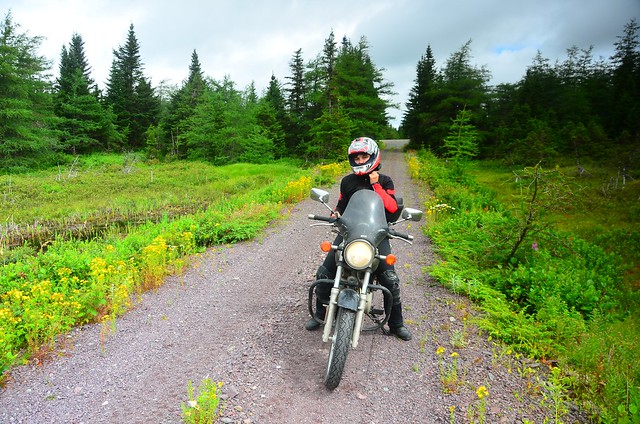
The B&B we stayed in Clarenville had a very small room for us, but it was enough to fit our stuff, and the bed was probably the most comfortable of all that we had slept on so far. As for the French waffles, there was that and much more waiting for us in the dining room. Aside from preparing a thorough breakfast, our hostess felt it was her obligation to make sure we were headed in the right direction today. She mapped out a route around the area that would pass through many of the interesting places in Bonavista peninsula, as well as suggestions for lunch, and finally a suggestion for a small fishing village that we would probably not visit that day, but perhaps on the way back from St. John’s. Aside from all that, I had another spot in mind: Elliston, where you can observe Atlantic puffins from land.
Last night’s rain got through to Alex’s mic and made it for the most part unusable. That left me in a radio DJ mode – I can talk, but would not get a response from my attentive audience. It would take a couple more rainfalls for us to figure out that a solution to this problem is simply to dry out the mic, and if natural forces are not able to do so in time, a hair dryer might.

A side road leading someplace unmarked on our maps. We stopped for some photos, but eventually turned around to continue to our planned destinations.
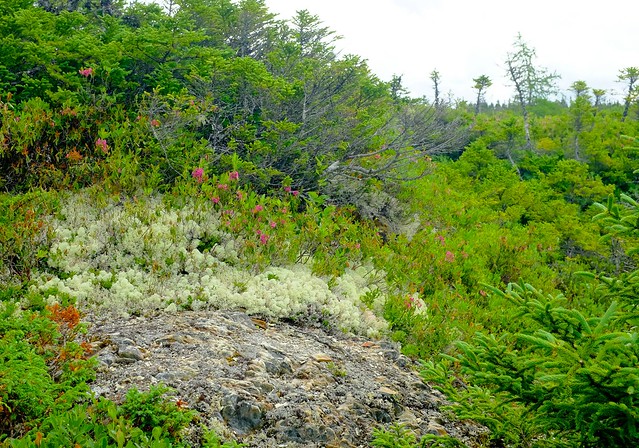
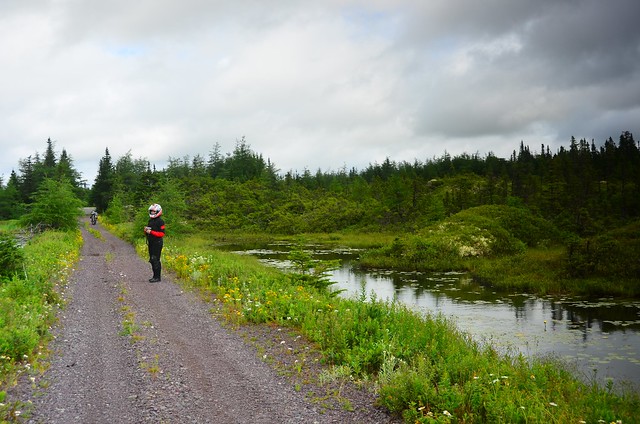
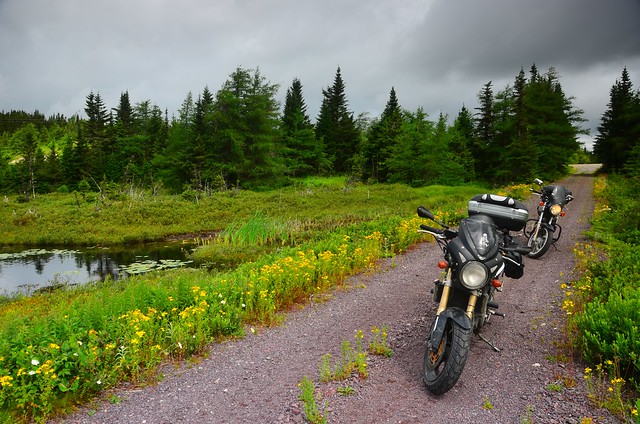
Riding near Clarenville on highway 230a around the pond was quite scenic but after a while you get used to it and it becomes normal. We passed an Esso gas station with a old style oval sign and were wondering if we’d stop here to gas up later on our way back to TCH. But our first stop was not a gas station, it was the village of Elliston. There was nothing upon entering to tell you about the puffins, but knowing about them in advance, we stopped at the visitor centre and asked for more specific directions to the puffin viewing site. I suppose if it wasn’t for the birds, they would not have that visitor centre in the first place.
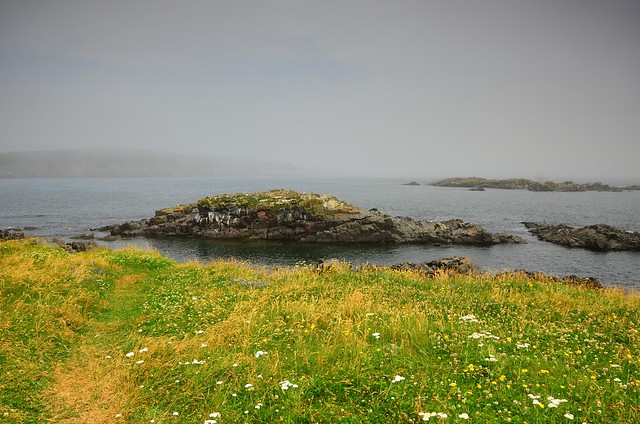
The surrounding waters are full of small islands that serve as nesting grounds for a variety of sea birds.

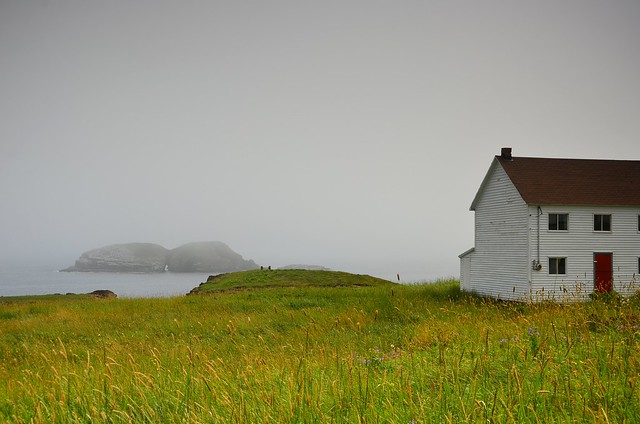
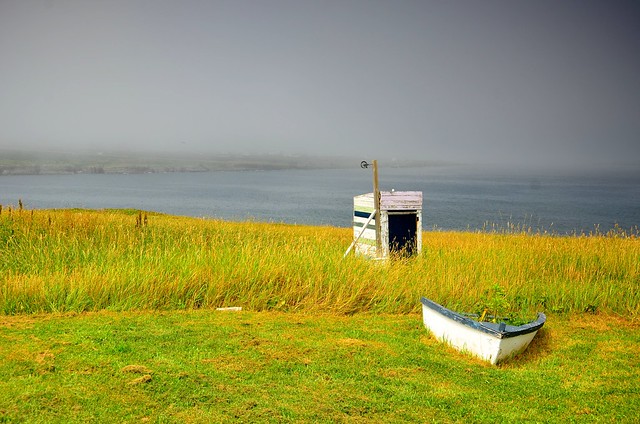
Once we got to the parking area, Alex was a bit concerned about leaving our helmets unlocked with the bikes (the comms units stick out in just the wrong place and prevent them from fitting into the locks). I was so confident with Newfie hospitality (and visitors’ honesty), I actually managed to talk him out of lugging those helmets with us. A short hike took us to the edge of the cliff separating the birds’ nesting grounds from the mainland. They nest on a small island which is only about 20m or so from mainland. What followed can be briefly described as an hour of surprising relaxation as we sat there on the grass and just watched them go about their lives.
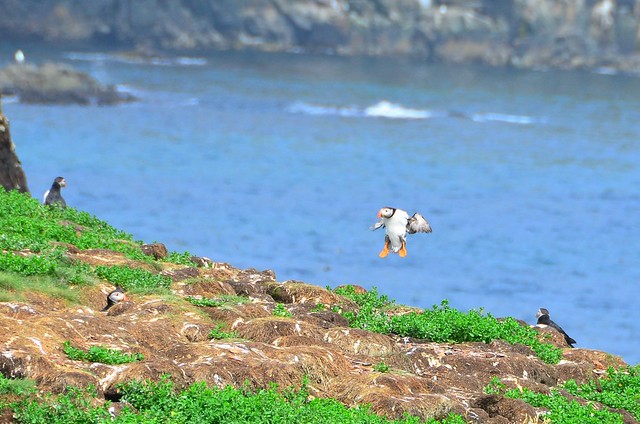
These birds are built for swimming and diving, they look very awkward on land. They excel at high speed dives from the air, but are quite clumsy at descending on dry land, and walking on it.
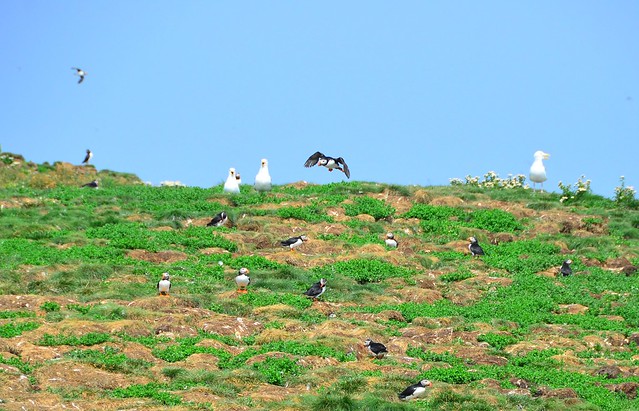
Notice the seagulls. They spread out throughout the island and try to intercept the fish that the puffins bring to feed their chicks. There was a moment when I saw a couple of puffins trying to push a seagull out. One puffin made a head gesture to the other puffins to approach the seagulls and the other one proceeded a little but then took a good look at the seagull and shook its head and went back inside the hole. The puffins are strong in numbers, but the seagulls are still significantly larger birds.
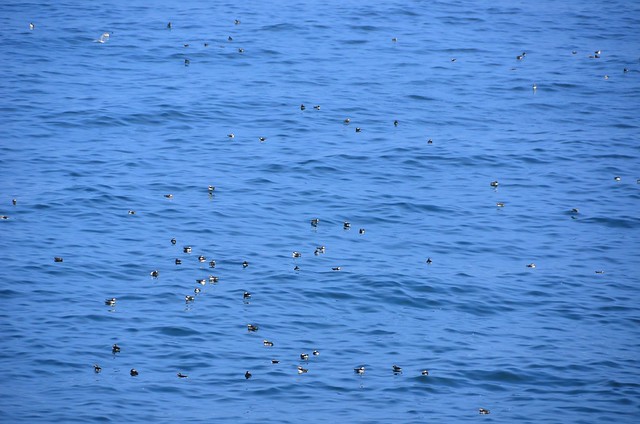
A large number of puffins are chilling in the water. When the breeding season is over, they stay in the water for months at a time, only coming back to land to build nests and lay eggs.
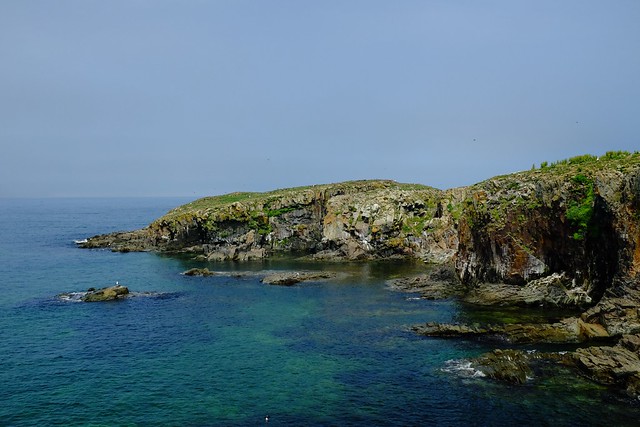
While we sat there looking at puffins the weather was beautiful, sunny and warm. So sunny in fact, I think I was about to have a mild heat stroke. Yet in the distance we could see fog and darker clouds looming in, so we figured we better keep going before the weather turns for the worse and cuts our sightseeing short.

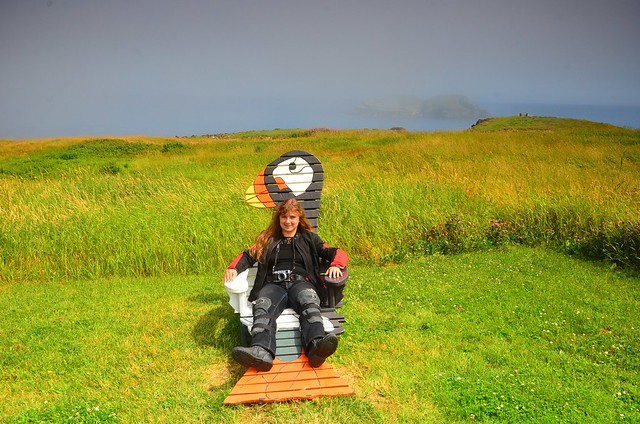
Next stop: cape Bonavista. The local landmark is a historic lighthouse at the tip of the peninsula. As is true of many places, the way towards it was more fun than the thing itself. The sunny skies followed us to the lighthouse and made the surrounding landscapes appear very bright and joyful. The lighthouse itself is very unique, painted in thick white and red stripes. Many existing photos show it in a bright and shiny state, but when we came to it, it was clearly way overdue for a fresh paint job. The weathered paint was sad to look at, and as we later found out, it was a common case of government budget mismanagement.
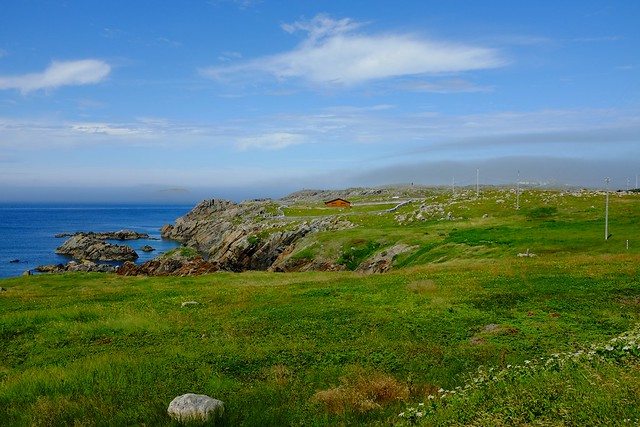
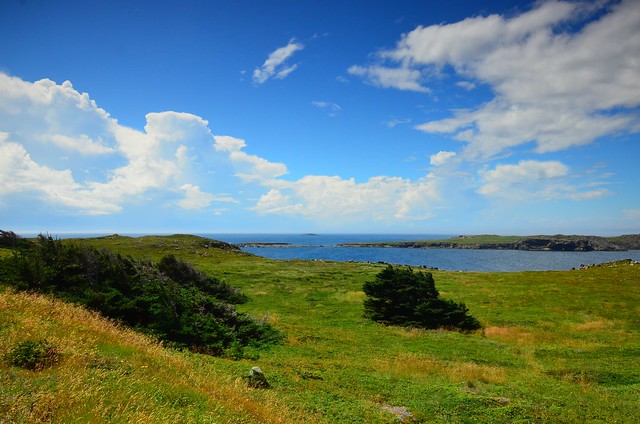
We heard a fog horn and realized that the scenic part of the trip was probably over for the day, as the weather was getting poorer and visibility lower. At the suggestion of our Clarenville hostess, we went looking for the Bonavista Social Club for lunch. Unlike most well regarded city-based establishments, this one was not in the middle of it all nor easy to find. It’s located in a little cove off a tertiary road, but apparently its reputation is high enough that you better book ahead for dinner – people come from all over the area. It started raining as we were still looking for the right road to turn on, but once we got there, the skies temporarily cleared up and allowed us to enjoy a great meal on their outdoor patio. The patio overlooks the shore of the cove, a vegetable garden and a field with a small herd of goats. At one point someone’s dog got loose and started chasing the goats around the field. It was fun watching two grown men run around in circles trying to catch that dog :).
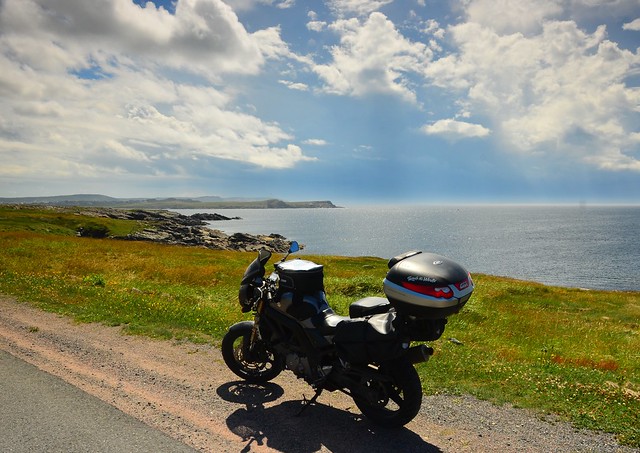
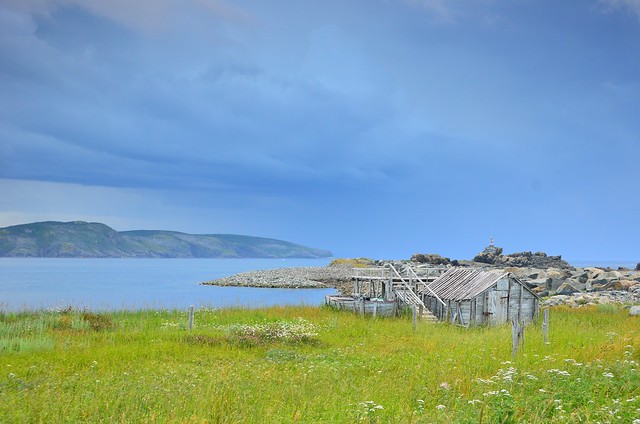
You can see the modern light station on the right. These have effectively replaced the historical lighthouses on the island, and most of the world for that matter. The numerous picturesque lighthouses only serve as historic landmarks and tourist attractions, not for marine navigation.
If we wanted to make it to St. John’s before sunset, we needed to get going. There was hope that we would beat the rain, but it seems we simply went from one cloud to another. Strong winds, thick fog and hard rain – all the principal components of Newfoundland climate. Keep your visor closed and you will hardly be able to see with all the water drops and condensation. Open it up and get the painful lashes of rain against your face (cold rain does not feel good on your skin at 100km/h). As we entered the Avalon peninsula, the fog became extremely thick, with visibility dropping to less than 10 meters. We reduced the speed and tried to keep together, mindful of a long train of cars that were piling up behind us. Nobody wanted to go particularly fast with such dense fog all around you. If you looked to the side, you could not really see anything past the highway. Only a couple of times the fog cleared up a little bit and we could see glimpses of the beautiful landscapes it was hiding. It’s a shame, as on a clear day you could see many ponds and even sea shore from the elevated vantage points of the highway.
It all cleared up as we got close to St. John’s, and after we finally got to the city we parked our bikes and headed out for a walk around downtown. It felt like a city, which I kind of missed after all this time spent in small villages and on the road. Despite all the dining and partying opportunities, we decided to retire early, but not before stopping to admire the large ships docked in the old harbour.
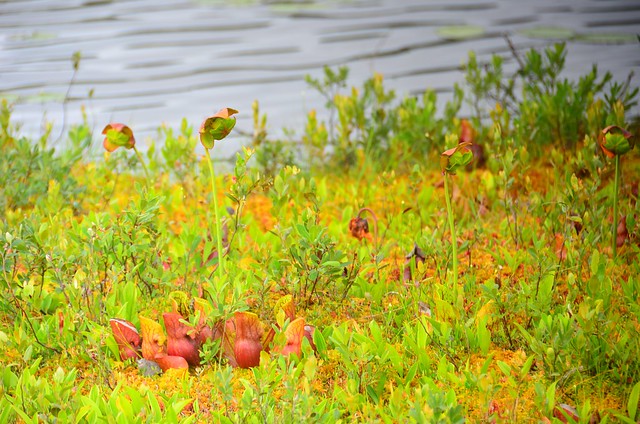

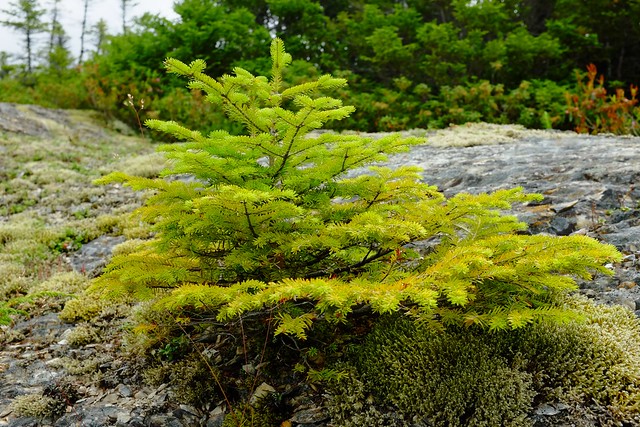
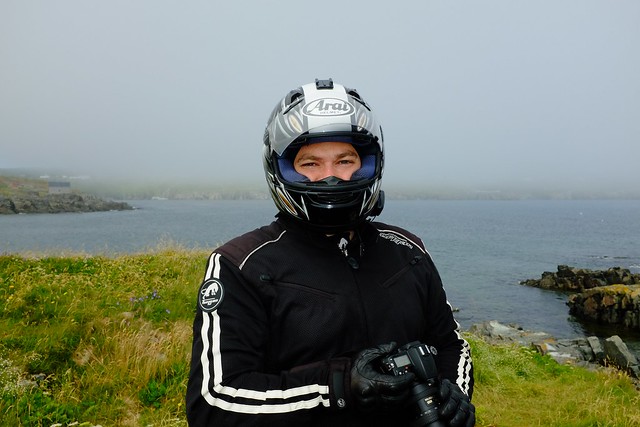

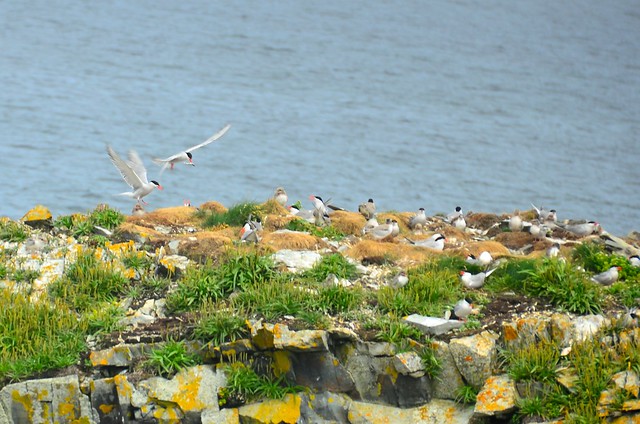
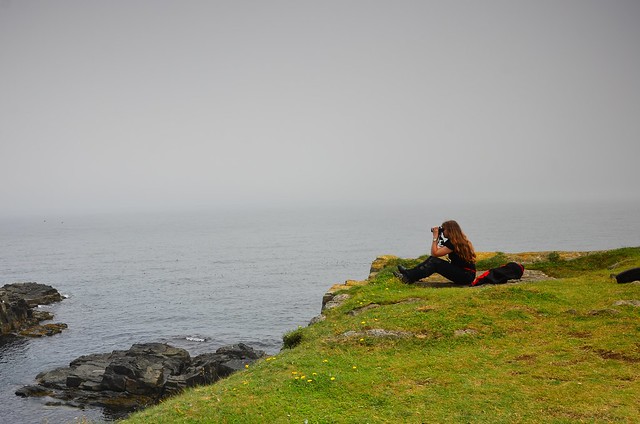


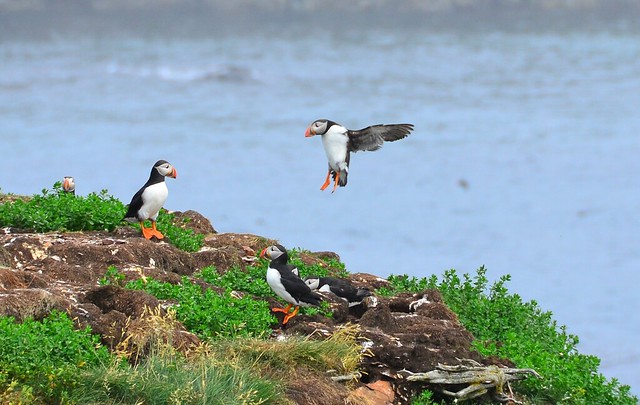
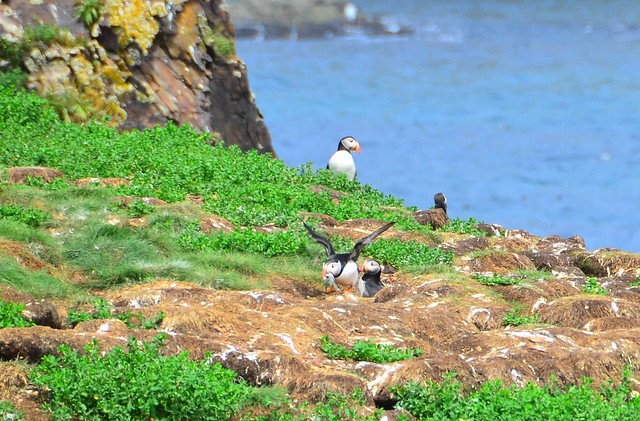
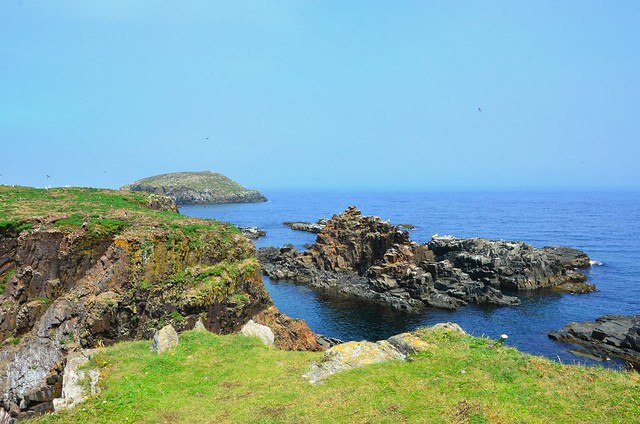
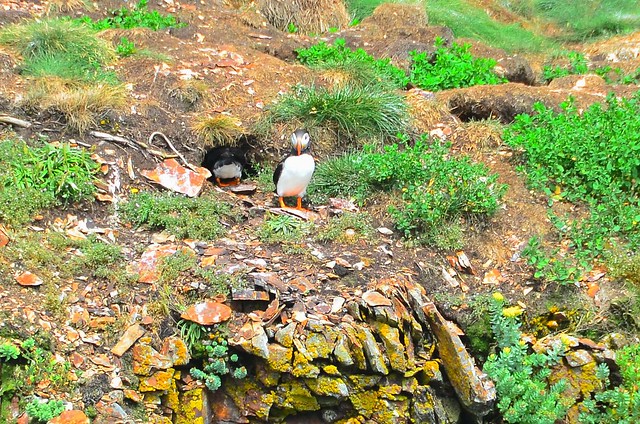
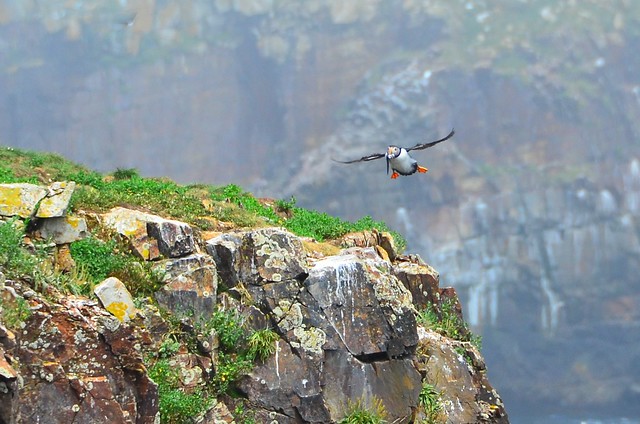
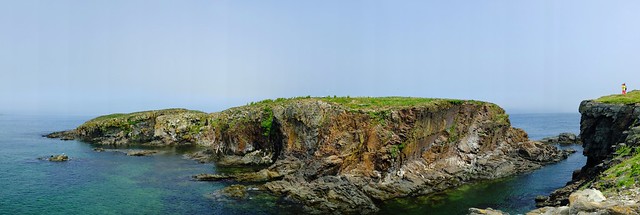
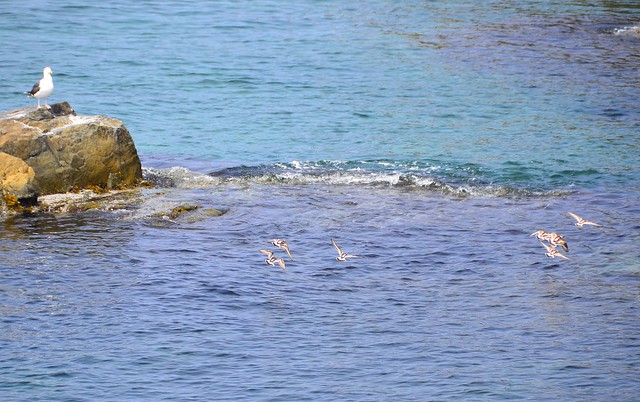

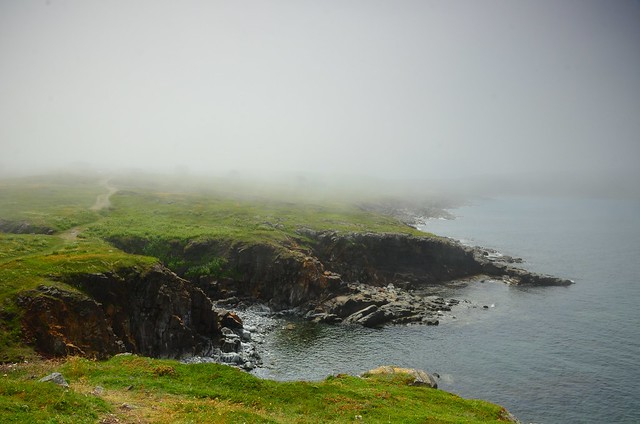

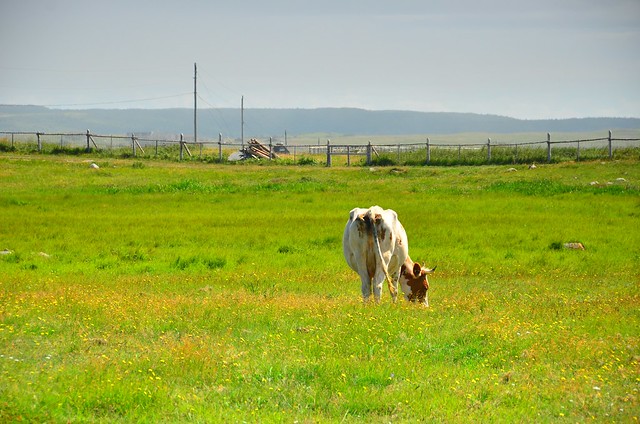
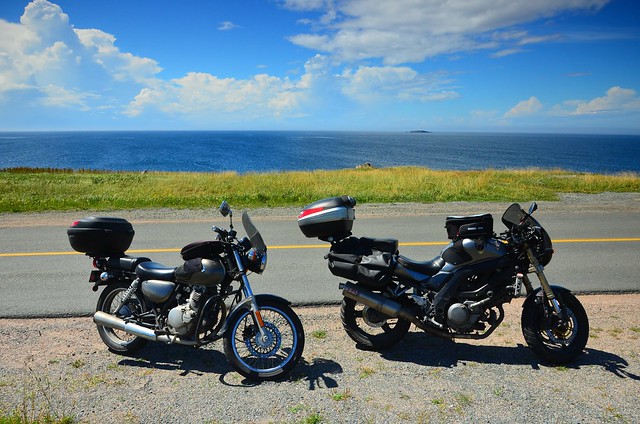
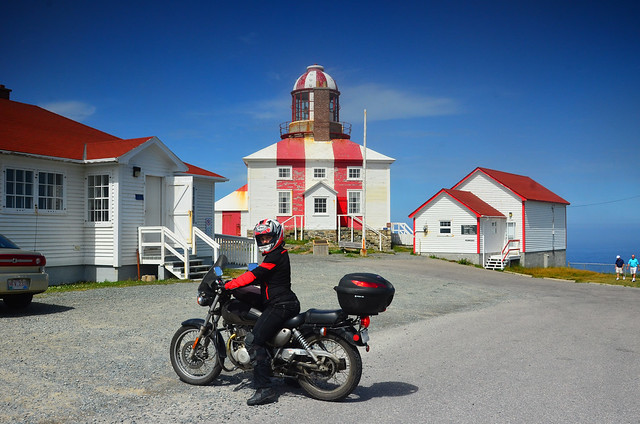
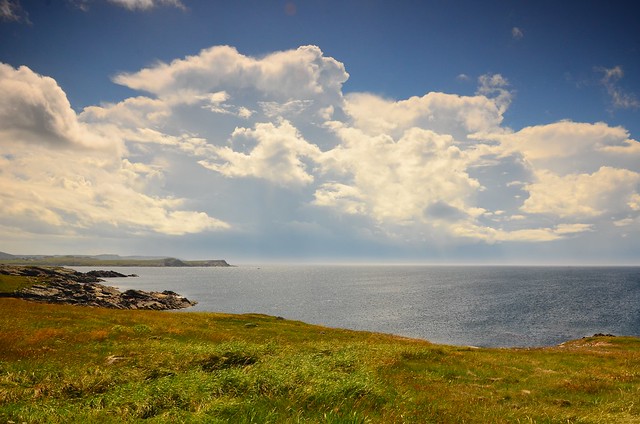
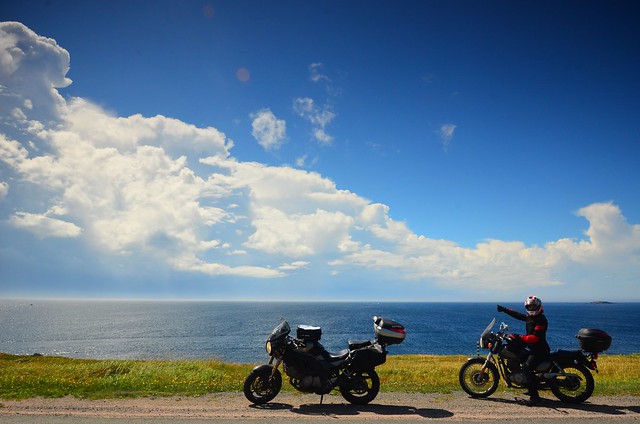
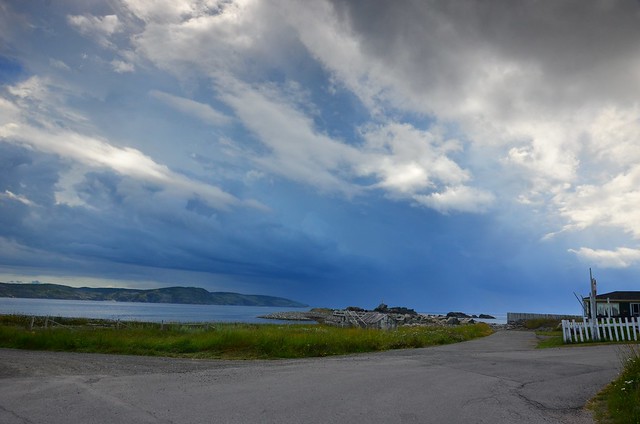

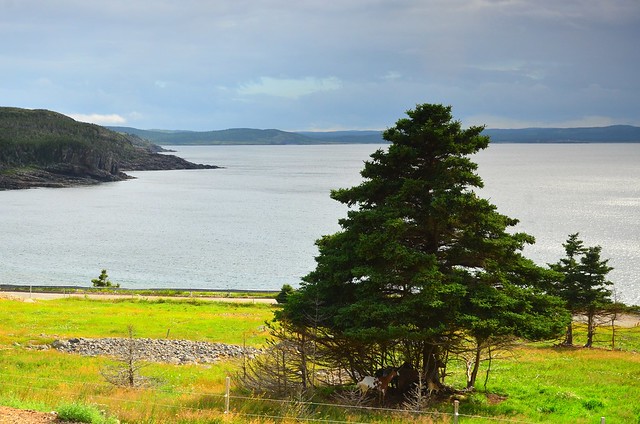

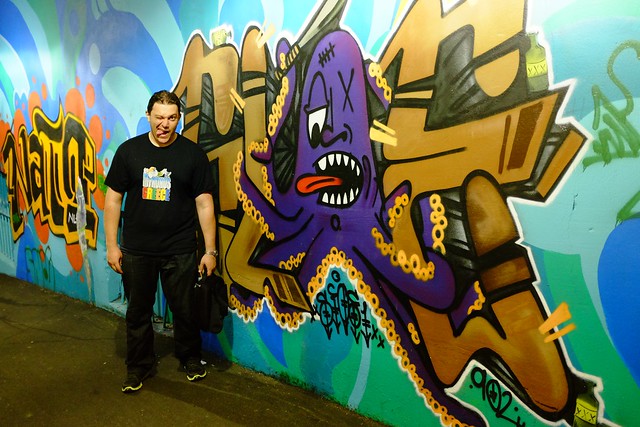
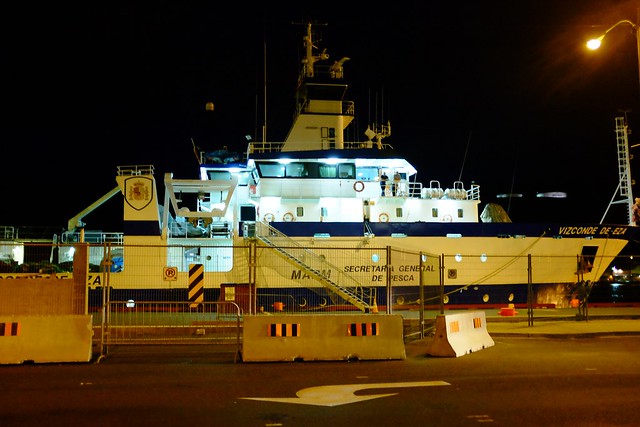

No Comments »
No comments yet.